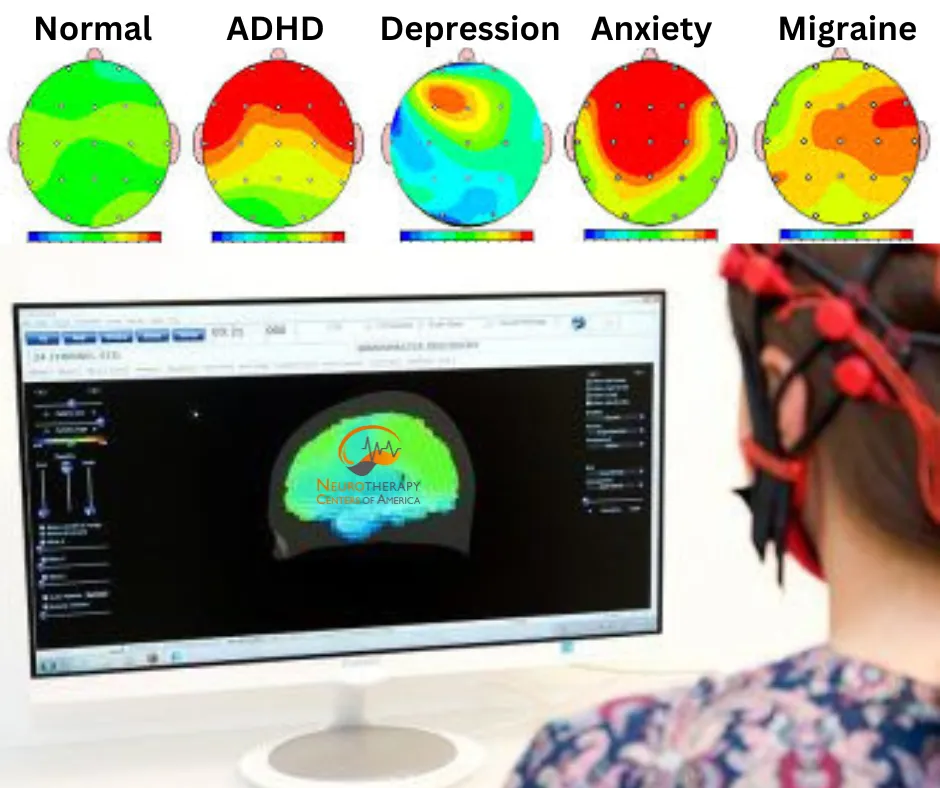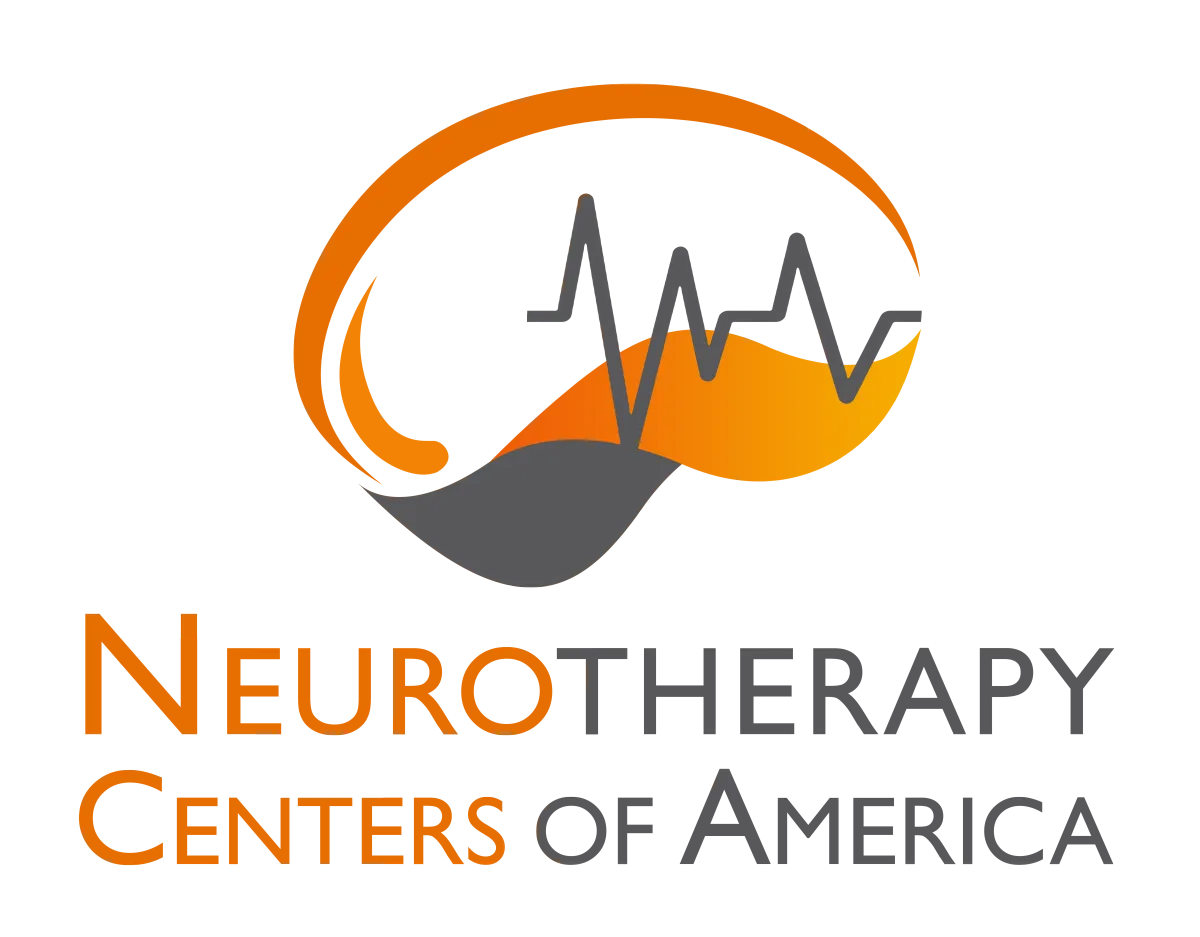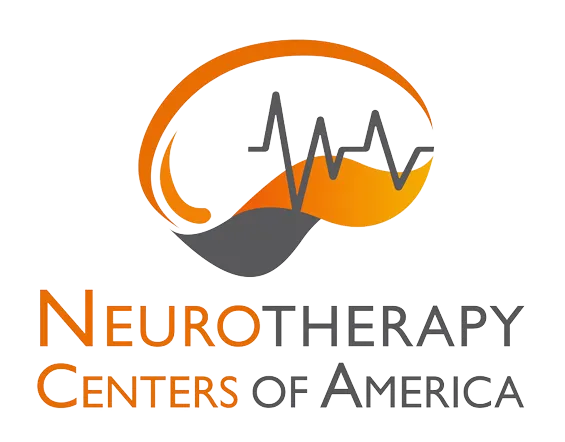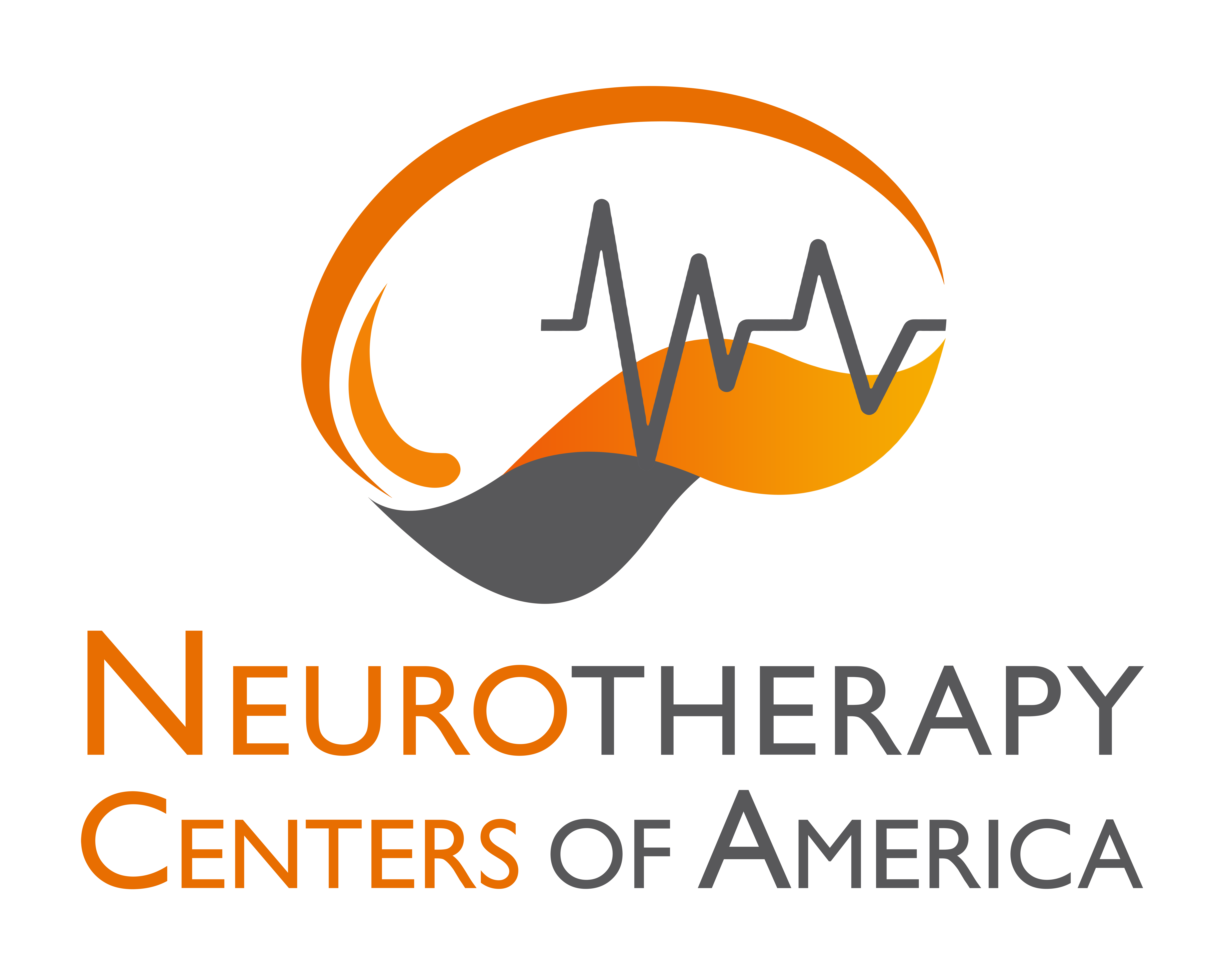
The Science Behind Neurotherapy and the Power of Brain Training
“Neurofeedback trains the brain to function more efficiently by using real-time feedback to encourage healthier brainwave patterns, supporting better focus, emotional regulation, and overall mental health." - Michael Cohen
Introduction:
In the evolving landscape of mental health treatment, neurotherapy, specifically neurofeedback, has emerged as a transformative approach to understanding and optimizing brain function. Grounded in neuroscience, this therapy not only addresses symptoms but targets the root causes of mental health challenges. Central to this innovative method is the quantitative electroencephalogram (QEEG) brain map, a powerful tool that provides a detailed view of brain activity and functionality.
Understanding Neurotherapy
Neurotherapy is a non-invasive treatment that uses real-time feedback to teach the brain how to self-regulate its activity. By placing sensors on the scalp, clinicians monitor electrical activity in specific brain regions. The goal is to identify patterns of dysregulation and guide the brain toward healthier functioning using targeted interventions.
Neurofeedback, a subset of neurotherapy, operates like a fitness program for the brain. Patients engage in exercises that train their brainwaves to align with healthier patterns. This approach has shown remarkable success in treating conditions such as anxiety, depression, ADHD, PTSD, and more, offering lasting results without the need for medication.
The Role of QEEG Brain Mapping
A QEEG brain map is an essential diagnostic tool in neurotherapy. By measuring and analyzing brainwave activity, clinicians gain a detailed snapshot of how different regions of the brain are functioning. This map highlights areas of overactivity or underactivity, which often correlate with specific symptoms or disorders.
For example:
Underactive frontal regions may indicate difficulty with focus or executive functioning.
Hyperactivity in the amygdala could be linked to heightened anxiety or stress responses.
Imbalances in brainwave patterns might contribute to insomnia or mood disorders.
By pinpointing the source of dysregulation, a brain map allows for a highly personalized treatment plan. This precision reduces trial-and-error approaches and accelerates the path to relief.
Why Clinicians Should Consider Brain Mapping
The brain's function is influenced by a combination of factors, including:
Epigenetics: Genetic predispositions that can be switched on or off by environmental stimuli.
Environment: Stressful living conditions or trauma can shape neural pathways.
Hormones: Imbalances in cortisol, serotonin, or dopamine affect mood and cognition.
Lifestyle: Poor sleep, nutrition, and exercise habits can impact brain health.
Life Events: Adverse childhood experiences, grief, or chronic stress leave lasting marks on the brain.
Given these complexities, traditional diagnostic tools often fall short. Brain mapping adds a layer of precision by visualizing how these factors manifest in brain activity. This insight empowers clinicians to:
Diagnose conditions with greater accuracy.
Tailor interventions to individual needs.
Monitor progress over time, adjusting treatments as necessary.
The Lasting Results of Brain Training
Unlike medications, which often act as temporary fixes, neurofeedback therapy retrains the brain, fostering long-term improvements. Patients report enduring benefits such as:
Improved emotional regulation and resilience.
Enhanced focus and productivity.
Reduction in symptoms of anxiety, depression, and PTSD.
Better sleep quality and stress management.
Studies show that neurofeedback's effects persist because it creates new neural pathways, effectively rewiring the brain for better performance.
The Future of Mental Health Treatment
As mental health challenges continue to rise, innovative approaches like neurotherapy and brain mapping offer hope for more effective and lasting solutions. By addressing the root causes of dysfunction and harnessing the brain's remarkable ability to change, clinicians can deliver more meaningful outcomes for their patients.
If you’re a clinician seeking to enhance your practice or a patient looking for a deeper understanding of your mental health, QEEG brain mapping and neurotherapy might be the key to unlocking better well-being.
Unlimited Neurotherapy
Contact us to schedule a FREE consultation and find out how you can qualify for a FREE cognitive/behavioral and metabolic evaluation.
Contact us at https://www.neurotherapycentersusa.com/contact
Visit our website at https://www.neurotherapycentersusa.com
Visit our Facebook Page https://www.facebook.com/neurocentersusa
*The information in this blog is intended for educational purposes only. The opinions expressed in this blog are the opinions of the blog owner, and any other opinions in quotations are the opinion of the sited reference.
"Copyright Disclaimer under Section 107 of the copyright act 1976, allowance is made for fair use for purposes such as criticism, comment, news reporting, scholarship, and research. Fair use is a use permitted by copyright statute that might otherwise be infringing. Non-profit, educational or personal use tips the balance in favour of fair use."
Neurotherapy Centers of America 2024

The Science Behind Neurotherapy and the Power of Brain Training
“Neurofeedback trains the brain to function more efficiently by using real-time feedback to encourage healthier brainwave patterns, supporting better focus, emotional regulation, and overall mental health." - Michael Cohen
Introduction:
In the evolving landscape of mental health treatment, neurotherapy, specifically neurofeedback, has emerged as a transformative approach to understanding and optimizing brain function. Grounded in neuroscience, this therapy not only addresses symptoms but targets the root causes of mental health challenges. Central to this innovative method is the quantitative electroencephalogram (QEEG) brain map, a powerful tool that provides a detailed view of brain activity and functionality.
Understanding Neurotherapy
Neurotherapy is a non-invasive treatment that uses real-time feedback to teach the brain how to self-regulate its activity. By placing sensors on the scalp, clinicians monitor electrical activity in specific brain regions. The goal is to identify patterns of dysregulation and guide the brain toward healthier functioning using targeted interventions.
Neurofeedback, a subset of neurotherapy, operates like a fitness program for the brain. Patients engage in exercises that train their brainwaves to align with healthier patterns. This approach has shown remarkable success in treating conditions such as anxiety, depression, ADHD, PTSD, and more, offering lasting results without the need for medication.
The Role of QEEG Brain Mapping
A QEEG brain map is an essential diagnostic tool in neurotherapy. By measuring and analyzing brainwave activity, clinicians gain a detailed snapshot of how different regions of the brain are functioning. This map highlights areas of overactivity or underactivity, which often correlate with specific symptoms or disorders.
For example:
Underactive frontal regions may indicate difficulty with focus or executive functioning.
Hyperactivity in the amygdala could be linked to heightened anxiety or stress responses.
Imbalances in brainwave patterns might contribute to insomnia or mood disorders.
By pinpointing the source of dysregulation, a brain map allows for a highly personalized treatment plan. This precision reduces trial-and-error approaches and accelerates the path to relief.
Why Clinicians Should Consider Brain Mapping
The brain's function is influenced by a combination of factors, including:
Epigenetics: Genetic predispositions that can be switched on or off by environmental stimuli.
Environment: Stressful living conditions or trauma can shape neural pathways.
Hormones: Imbalances in cortisol, serotonin, or dopamine affect mood and cognition.
Lifestyle: Poor sleep, nutrition, and exercise habits can impact brain health.
Life Events: Adverse childhood experiences, grief, or chronic stress leave lasting marks on the brain.
Given these complexities, traditional diagnostic tools often fall short. Brain mapping adds a layer of precision by visualizing how these factors manifest in brain activity. This insight empowers clinicians to:
Diagnose conditions with greater accuracy.
Tailor interventions to individual needs.
Monitor progress over time, adjusting treatments as necessary.
The Lasting Results of Brain Training
Unlike medications, which often act as temporary fixes, neurofeedback therapy retrains the brain, fostering long-term improvements. Patients report enduring benefits such as:
Improved emotional regulation and resilience.
Enhanced focus and productivity.
Reduction in symptoms of anxiety, depression, and PTSD.
Better sleep quality and stress management.
Studies show that neurofeedback's effects persist because it creates new neural pathways, effectively rewiring the brain for better performance.
The Future of Mental Health Treatment
As mental health challenges continue to rise, innovative approaches like neurotherapy and brain mapping offer hope for more effective and lasting solutions. By addressing the root causes of dysfunction and harnessing the brain's remarkable ability to change, clinicians can deliver more meaningful outcomes for their patients.
If you’re a clinician seeking to enhance your practice or a patient looking for a deeper understanding of your mental health, QEEG brain mapping and neurotherapy might be the key to unlocking better well-being.
Unlimited Neurotherapy
Contact us to schedule a FREE consultation and find out how you can qualify for a FREE cognitive/behavioral and metabolic evaluation.
Contact us at https://www.neurotherapycentersusa.com/contact
Visit our website at https://www.neurotherapycentersusa.com
Visit our Facebook Page https://www.facebook.com/neurocentersusa
*The information in this blog is intended for educational purposes only. The opinions expressed in this blog are the opinions of the blog owner, and any other opinions in quotations are the opinion of the sited reference.
"Copyright Disclaimer under Section 107 of the copyright act 1976, allowance is made for fair use for purposes such as criticism, comment, news reporting, scholarship, and research. Fair use is a use permitted by copyright statute that might otherwise be infringing. Non-profit, educational or personal use tips the balance in favour of fair use."
Neurotherapy Centers of America 2024

Download Our Free eBook Now
©2025 Neurotherapy Centers Of America.
All rights reserved.
*We offer a drug-free, non-invasive approach to alleviate symptoms associated with: ADHD, Autism Spectrum Disorders, Anxiety, Insomnia, Learning Disorders, Memory Loss, Fibromyalgia, Migraine and more..
Our advertising features actual client testimonials. Individual results may vary.
©2025 Neurotherapy Centers Of America. All rights reserved.
*We offer a drug-free, non-invasive approach to alleviate symptoms associated with: ADHD, Autism Spectrum Disorders, Anxiety, Insomnia, Learning Disorders, Memory Loss, Fibromyalgia, Migraine and more..


